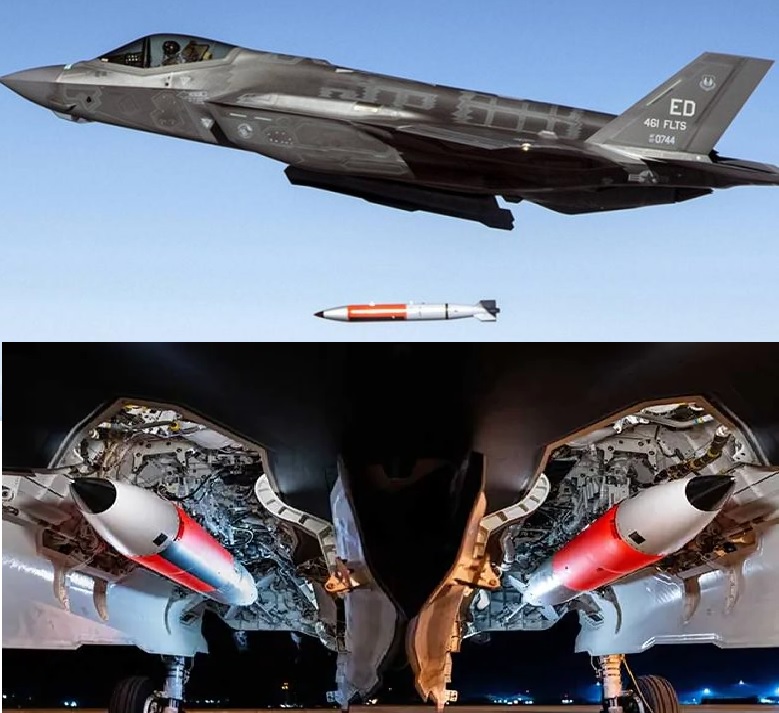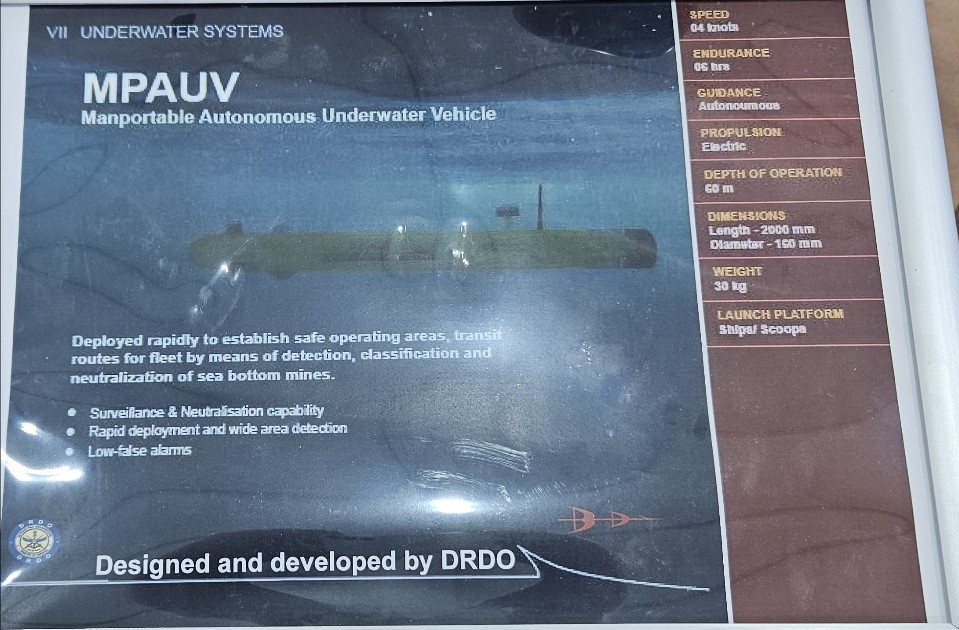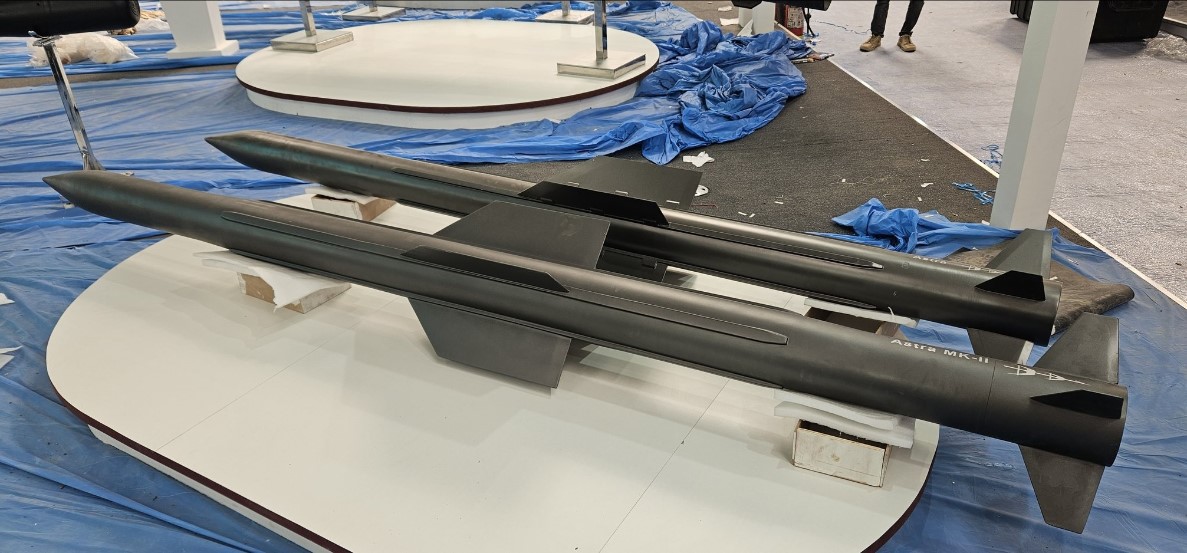U.S. Completes Key Flight Tests of B61-12 Nuclear Bomb Using F-35A Stealth Fighter

The United States has completed a major series of stockpile flight tests for its upgraded B61-12 nuclear gravity bomb, validating the weapon’s compatibility with the stealth F-35A and marking a significant milestone in the country’s nuclear modernization program. The announcement was made by the US Department of Energy’s Sandia National Laboratories following the successful trials at the Tonopah Test Range in Nevada.
Three Days of Critical Testing
According to Sandia, the tests were conducted from August 19 to 21, with operational support from Hill Air Force Base in Utah. During the trials, inert B61-12 units were released from the F-35A, demonstrating the complete end-to-end functioning of the aircraft, its aircrew, and the weapon system under realistic mission conditions.
These were the only B61-12 stockpile flight tests using joint test assemblies on the F-35 platform this year, according to the National Nuclear Security Administration (NNSA).
Officials stated that the exercises were intended to evaluate the weapon’s operational readiness, ensuring it performs as expected when carried, released, and guided under combat-representative environments.
A Cornerstone of U.S. Nuclear Modernization
The B61-12, a modernized variant of the decades-old B61 bomb family, recently completed a multiyear life extension program (LEP) in late 2024. The initiative aims to extend the bomb’s operational service life by at least 20 additional years.
The LEP includes:
-
Replacement of ageing components
-
Updated encryption and use-control algorithms
-
Improved safety and arming mechanisms
-
Enhanced compatibility with future aircraft such as the B-21 Raider
Sandia officials noted that the LEP addresses all known age-related concerns in the U.S. B61 stockpile, ensuring the weapon remains safe, secure, and reliable well into the 2040s and beyond.
Full-scale production of the refurbished B61-12 began in May 2025, with manufacturing expected to conclude in 2026.
“Capstone Accomplishment” After Unprecedented Testing Pace
Jeffrey Boyd, Sandia’s surveillance lead for the B61-12 and B61-13, praised the achievement, calling it:
“the capstone accomplishment of a tremendous amount of planning and effort by those involved across Sandia and many partner agencies.”
He added that this marks the highest number of B61-12 surveillance flight tests conducted within a single year, and likely the most for any future year as well — underscoring the intensity of the current evaluation cycle.
First-Ever Thermal Preconditioning Trial
A notable highlight of the test series was the first-ever thermal preconditioning of a B61-12 joint test assembly carried on an F-35A. The process exposed the weapon to extreme environmental conditions before flight, ensuring it could withstand temperature stresses likely to be encountered during real-world nuclear deployments.
Sandia says this thermal testing is crucial to certifying the bomb for global operations, especially in regions with high-temperature fluctuations or extended alert postures.
Strengthening Dual-Capable Aircraft Operations
The successful release tests confirm the F-35A’s readiness as a dual-capable aircraft, enabling it to carry out both conventional strike and nuclear delivery missions for NATO and U.S. forces.
The combination of stealth, advanced sensors, and compatibility with the B61-12 is expected to provide the Pentagon with a more survivable and precise low-yield nuclear option, enhancing deterrence posture in contested airspace.
A Legacy Weapon Redesigned for the Future
Originally introduced in 1968, the B61 remains one of the longest-serving components of the U.S. nuclear arsenal. The B61-12 variant replaces several older versions, offering:
-
A guided tail-kit for improved accuracy
-
Reduced overall number of variants in the stockpile
-
Enhanced reliability and controlled low-yield strike capability
With the F-35A now validated as a carrier, the U.S. nuclear enterprise moves a step closer to completing one of its most important modernization efforts.
✍️ This article is written by the team of The Defense News.





